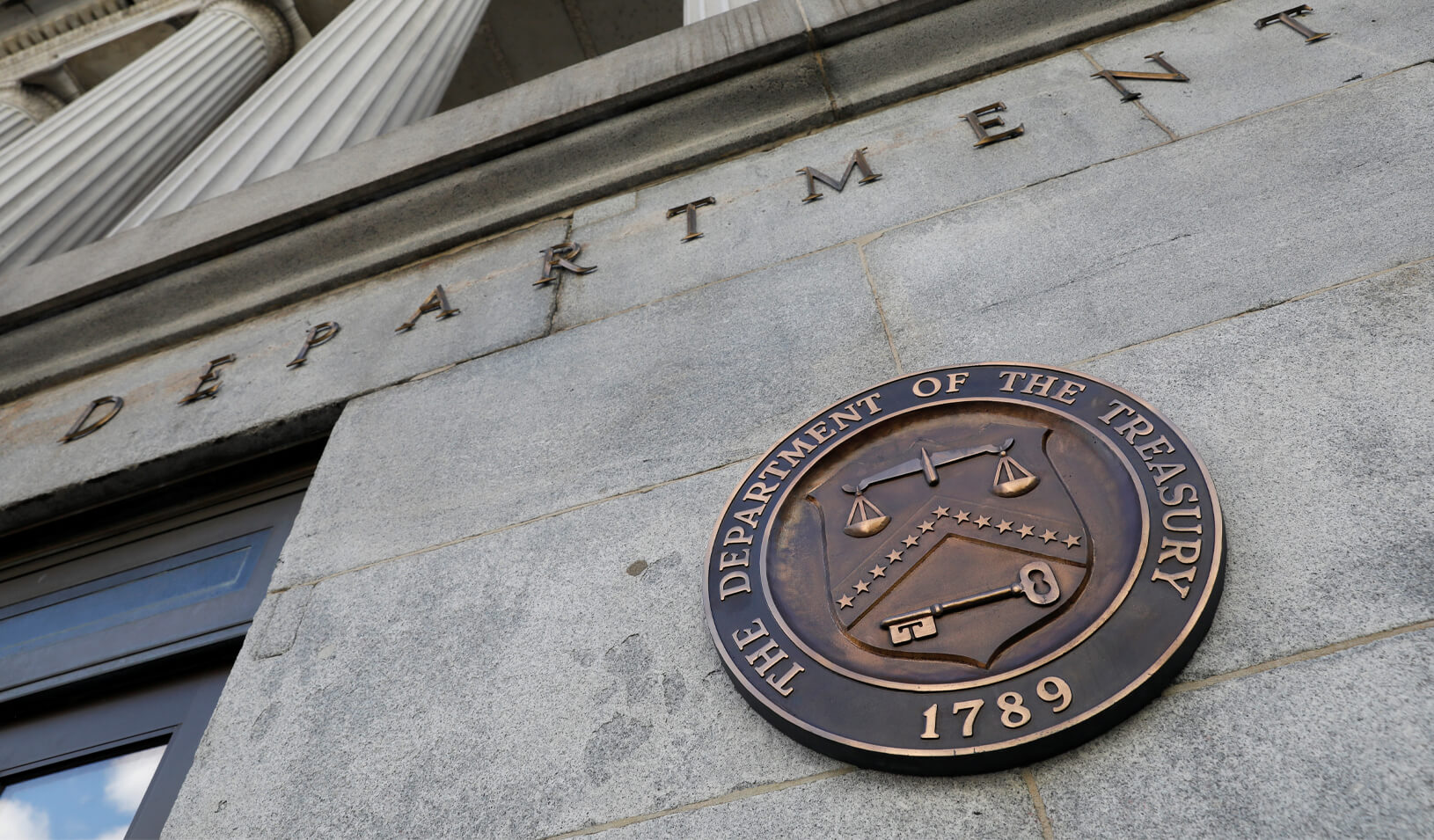
A greater international role for the renminbi would help insulate China from moves by the U.S. | iStock/hudiemm
Electronics manufacturers worldwide look to China for its components; clothing manufacturers for its textiles. And, increasingly, investors are considering China for its bonds as the country plays a more significant role in the global credit and currency market.
In the past decade, China’s domestic bond market grew from roughly $5 trillion to nearly $20 trillion, eclipsing Japan’s and Great Britain’s. It’s now the third largest in the world, behind the United States and the eurozone. As it opens up and expands the total supply of investible assets, it’s now too big for investors to ignore — and it’s too big not to have global influence.
Until about two decades ago, “China’s bond market was really separate from the rest of the world,” says Matteo Maggiori, a professor of finance at Stanford Graduate School of Business. This was in stark contrast to other large debt markets like the U.S., eurozone, and Japan, which are tightly integrated and eager to attract foreign investment. “That’s a very unusual situation, and it’s interesting to try to understand the dynamics as this market opens up.”
In a new paper with coauthors Christopher Clayton of the Yale School of Management and Jesse Schreger and Amanda Dos Santos of Columbia Business School, Maggiori describes China’s strategic approach to building a foreign investor base. The researchers also model the long and uncertain road to establishing the Chinese renminbi as a global reserve currency — a startup challenger to the U.S. dollar.
The Chinese government has officially stated that it seeks to establish the renminbi as a rival to the dollar. A greater international role for the renminbi would enable Beijing to finance trade and expand its influence in global markets and the payment system. It would help insulate the country from moves by the U.S., such as the recent sanctions enacted in response to its treatment of its Uighur minority and its control of Hong Kong.
“We’re at the very beginning,” Maggiori says. “China has many crucial features that make it a potential reserve currency issuer, yet it might never get there.”
A Staggered Start
Beijing’s market policies have deliberately and methodically opened it up to foreign capital over the past decade. Between 2014 and 2022, foreign investment in China’s bond market rose from $100 billion to over $600 billion.
Rather than opening the flood gates, China has carefully let in different types of investors at different stages. When the market first opened, China wooed stable investors representing large, official creditors like central banks. As time went on, the policies became more amenable to smaller and flightier private investors.
“The early programs sometimes literally required investors to be official creditors, or they demanded long-term holdings and bilateral negotiation to get access,” Maggiori says. “The latest program, Bond Connect, has no lock-up clauses — the investment horizon could be a day — and the approval is much more straightforward. These are very conscious policy choices that created this staggered entry of foreign investors.
Maggiori notes that this process seems backward. Typically, when a country begins to internationalize its bond market, riskier (and more risk-tolerant) private investors enter first; only when the market has proven itself reliable do more conservative investors jump in. “We don’t think of emerging countries as having the potential to draw these large, stable investors first,” he says.
This raises a question: When investors enter China, do they consider it analogous to an emerging market like Brazil or a more fully developed market like Japan? A bit of both: Investors in Chinese domestic bonds tend to hold this debt in both emerging and developed debt portfolios.
Maggiori wonders what comes next as China pursues this internationalization strategy. Will its market reforms keep it on the path to becoming a haven of safe debt, or will the reforms stall or reverse in the face of a capital flight, leading investors to classify China as a risky emerging or frontier market?
The Currency of Reputation
The answer hinges on China’s reputation. Investors want to know if it will remain open during periods of political or financial crisis, allowing investors to freely pull out their money and building international faith in the renminbi. Or will it “lock the gates,” as Maggiori puts it, undermining credibility in the marketplace?
By modeling this interplay, Maggiori and his coauthors reveal that China’s decision to initially open its bond market to large investors, which are less fickle in times of crisis, supported the country’s efforts to build up its reputation. That, in turn, enabled it to borrow larger amounts from private investors as the market continues to thaw.
China’s current financial straits — its economy began hemorrhaging foreign bond investment in early 2022 — offer a trial of whether it will bear the immediate costs of disinvestment to further its long-term goals. “Right now, the market is testing China,” Maggiori says. “I’m very curious to see how this current situation evolves.” So far, China’s bond market has stayed open.
In the longer term, Maggiori plans to watch the direction of China’s ongoing market reforms. If they trend toward openness, that will be a promising signal that China is invested in becoming a safe, reputable store of value. “More foreign holdings of its bonds will also allow China to let domestic savers invest abroad without affecting net borrowing,” Maggiori says. “There is a lot of desire to take some capital abroad by Chinese residents. That capital could be replaced by letting foreigners invest in Chinese bonds.”
Gaining enough credibility to become a global reserve currency is tremendously complicated. In the last 50 years, several currencies have risen as contenders — notably the Japanese yen and the euro — and yet none has been able to dislodge the dollar. “Our model shows how the path a country follows to establish itself as a reserve currency is not at all a straight line, and most of the time, countries simply don’t build up enough reputation to get there,” Maggiori says.
Another challenge facing China is that other nations may intervene, either inadvertently or intentionally, in ways that make its ascent more difficult. The U.S., for instance, could flood the market with safe assets, drawing investors away from the renminbi. “What competition does is make it less profitable, less attractive to expend effort building your own currency into a reserve one,” Maggiori says.
Whatever happens, those who insist that China will or won’t establish a global reserve currency may be in for a surprise. “When the market is good, they say it will; when the market is bad, they say it won’t,” Maggiori says. “I want instead to push the idea that this is a very uncertain process. It is difficult to get there; a lot can go wrong on the way. Yet as economists, we can understand this uncertain process and study its impact on global markets.”
For media inquiries, visit the Newsroom.






